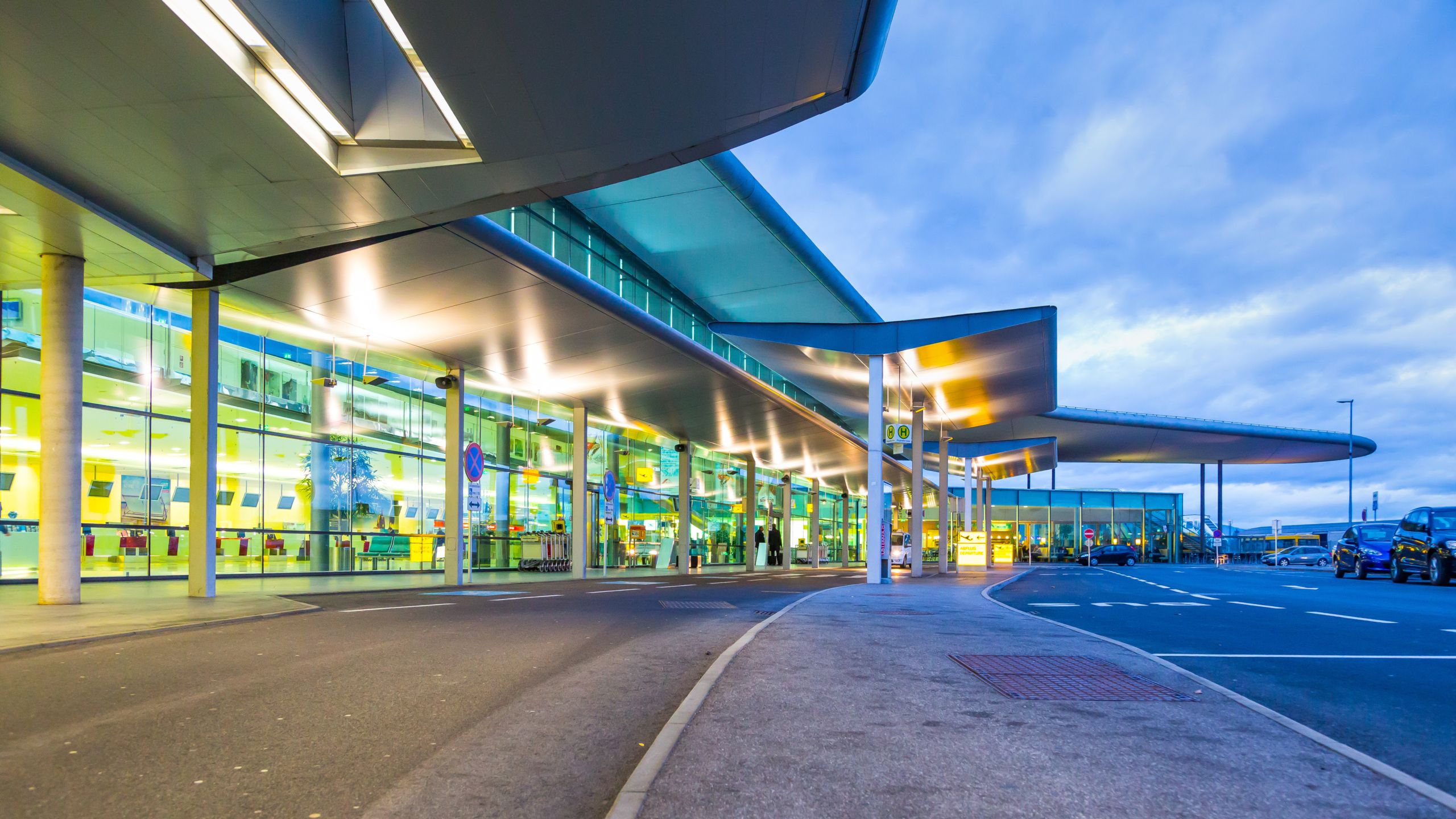
The airport in Graz has developed into an important regional airport - and is now working flat out to meet its sustainable and social obligations.

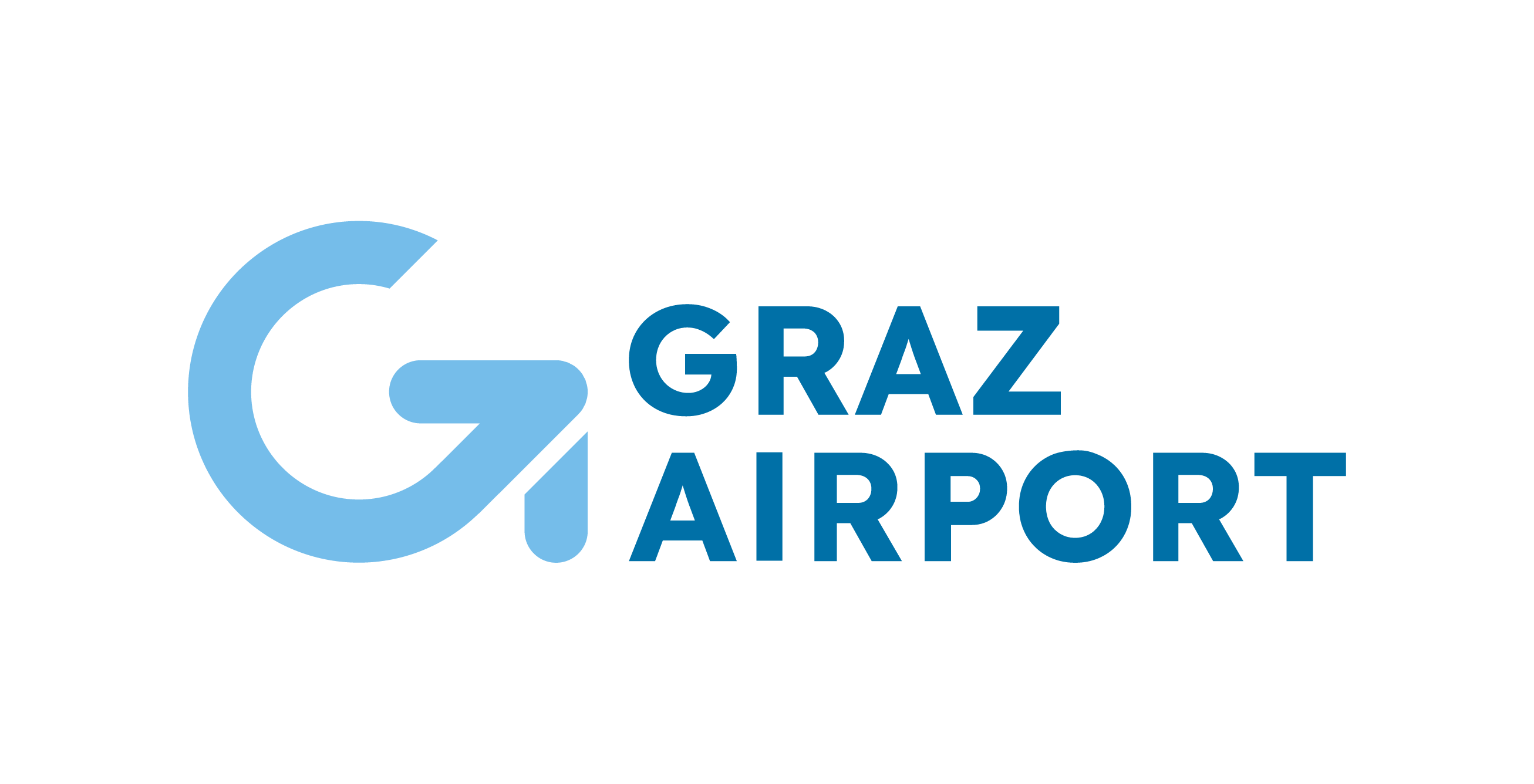
Around 820,000 people took off and landed at Graz Airport in 2024 - and the number is increasing every year.
Flying connects business and industry, families and friends. Like the entire aviation industry, Graz Airport has been working vehemently on CO2 reduction for years. These include, for example, the charging solutions in cooperation with MOON. For over 30 years, Graz Airport has been participating in the Ecoprofit environmental programme, which supports companies in implementing climate protection and environmental measures, and is recognised as part of EMAS (the EU environmental certification). The airport has already received an Ecoprofit award around 30 times with its environmental protection projects.
LED, PV and ECOPROFIT
Its own photovoltaic systems ensure that part of the airport's electricity needs are covered by green solar power. Switching to LED lighting systems has reduced electricity consumption by 31% in certain areas and by as much as 58% in others. And for 15 years now, an environmental regulars' table has been held twice a year, where those in positions of responsibility meet for a constructive exchange of opinions. At the request of the residents' representatives, the flight movements at Graz Airport can also be viewed by everyone with a time delay of 24 hours. For the airport's own fleet, MOON already delivered the first wallbox in 2021, which is used for the equipment and runway vehicles. In 2023, another wallbox was installed. In 2024, a total of twelve AC charging points were installed in an employee parking lot and the P5 parking lot, and the existing charging points on P0 and P1 were integrated into the MOON backend.
Sustainable solutions
The vehicle fleet is an important area in which the airport can influence its CO2 emissions. More than a third of the vehicles that can currently be converted to e-mobility already run on electricity. The rest of the fleet (almost exclusively diesel vehicles) was converted to the environmentally friendly fuel HVO 100 in the summer of 2024. In 2019, the Austrian airports of Vienna, Salzburg, Innsbruck, Graz, Linz and Klagenfurt jointly adopted a resolution for a CO2-Zero-Emissions-2050-Programme. From 2050, Austrian commercial airports no longer want to emit CO2 in the areas for which they are responsible. In recent years, Graz Airport has consistently modernised its fleet and reduced CO2 emissions by half. A big step towards the self-imposed goal is to reduce CO2 emissions to a large extent by 2030. Wherever possible, new solutions are also used at Graz Airport: For example, the latest generation of e-passenger stairs are equipped with photovoltaic elements and thus hardly need the external power supply.
The following vehicles and equipment have already been converted:
Overview of wallboxes (all CPO operation):
We are always available for questions and further insights. Get your free and non-binding consultation now - the first step to your own project.
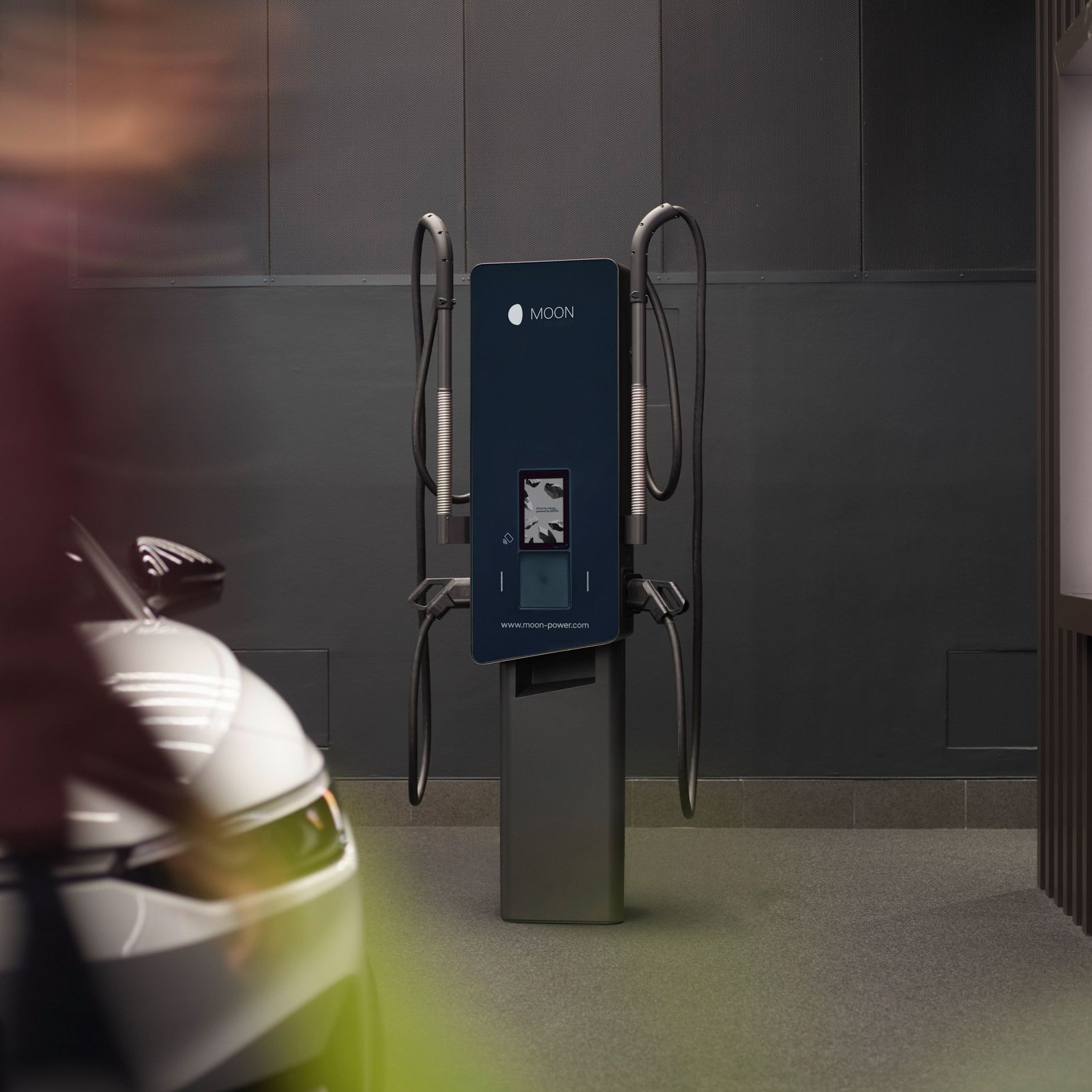
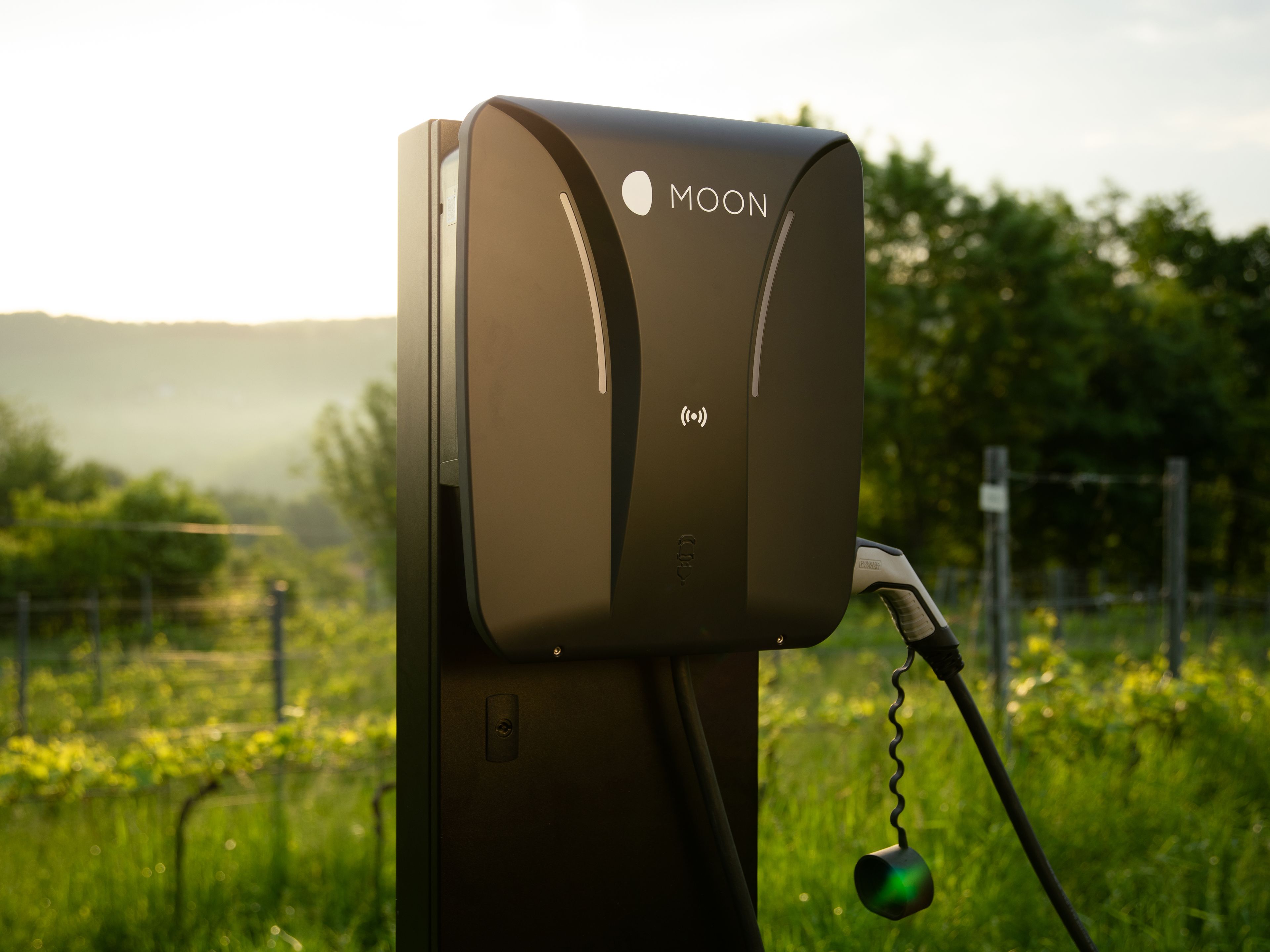
Customer
Winery with a vision
Winery Polz works with electricity from the in-house photovoltaic system and offers a charging park with two AC wallboxes and two DC charging stations


Customer
The Stanglwirt and its guests drive electrically
Hotel and organic farm relies on e-fleet and charging park with 14 charging stations including hypercharger, AC charging stations and B-MoRe billing system.

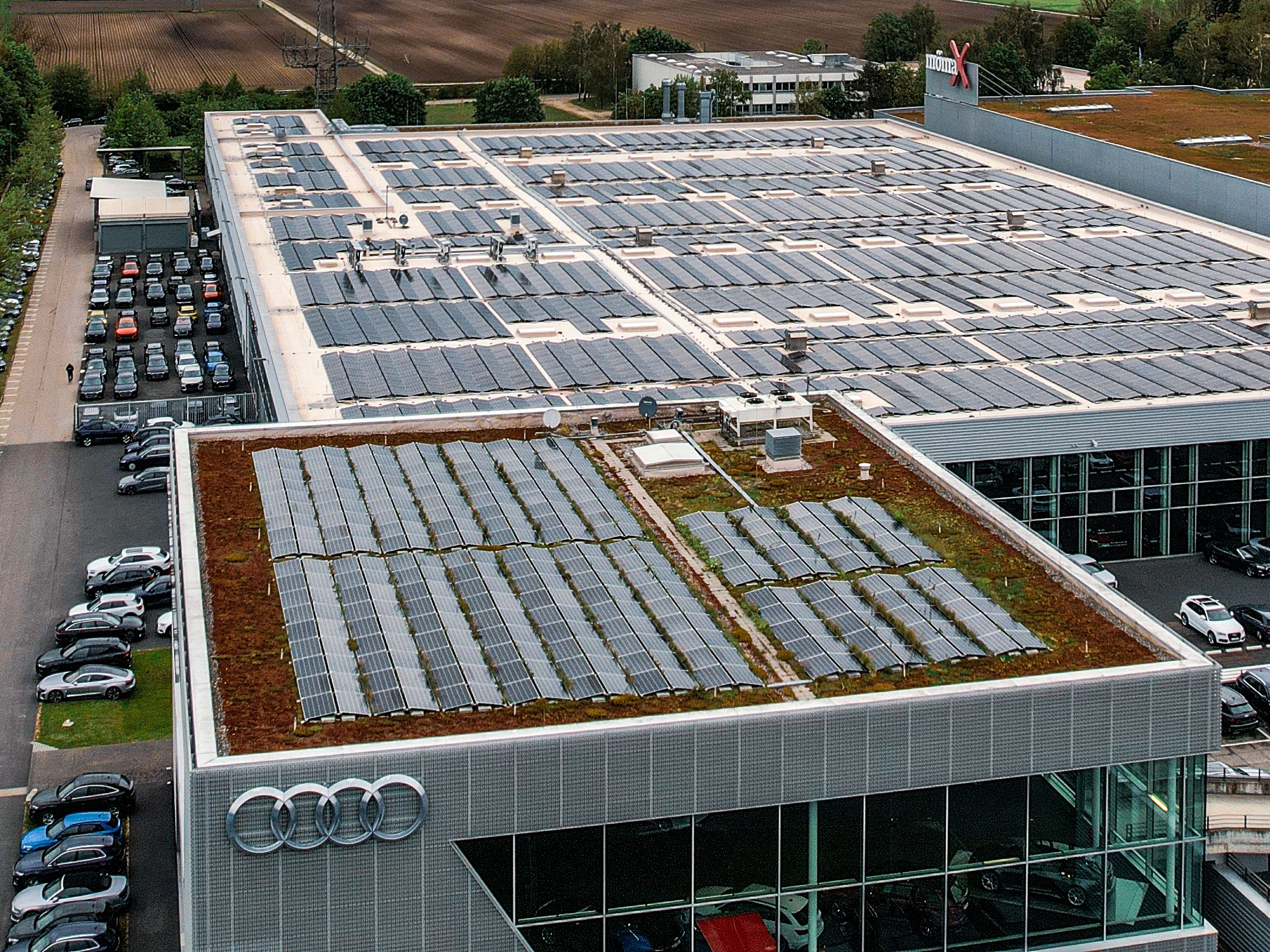
Customer
Large-scale PV project in Eching: MOON POWER Germany realises energy future
Sustainable electricity on two soccer fields: MOON POWER is implementing one of the largest PV systems within Porsche Holding.
